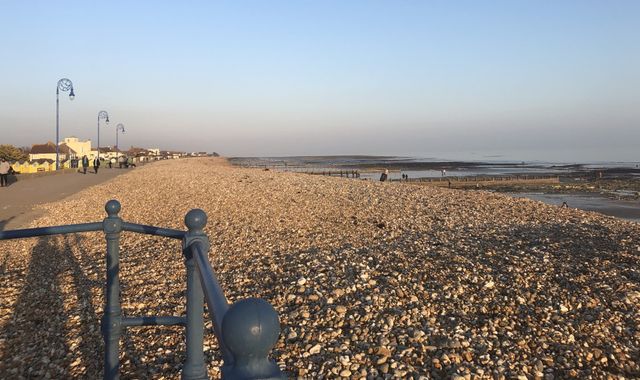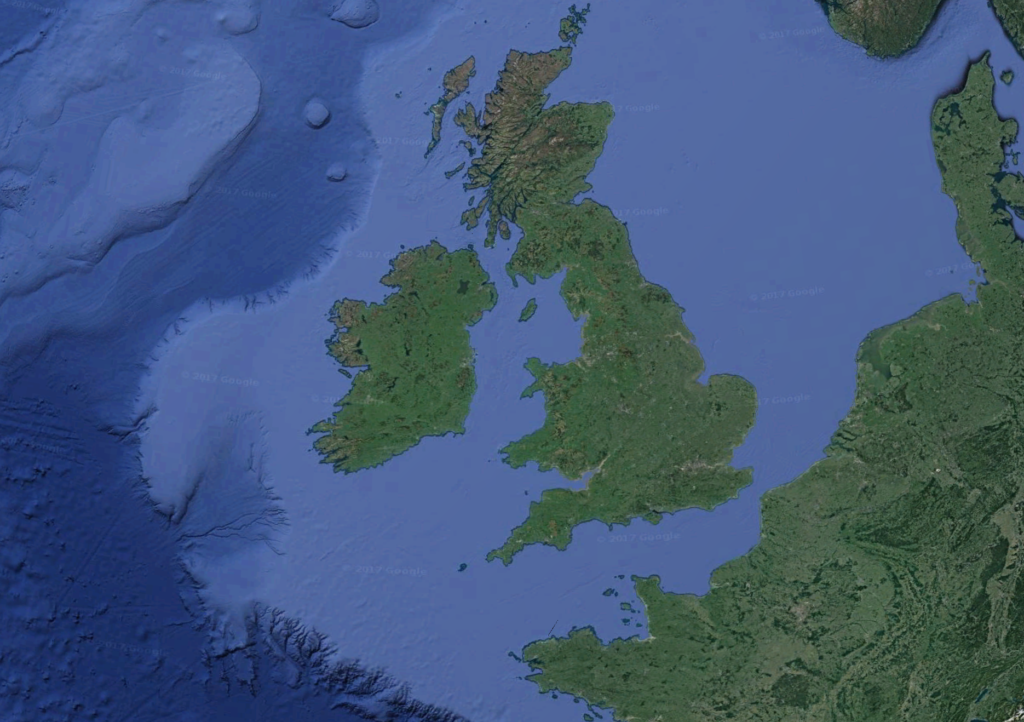Coronavirus: What’s happening in Leicester? This is how the local lockdown will work
Written by News on 30/06/2020
Leicester will remain under the current lockdown measures for at least two more weeks as restrictions are relaxed across the rest of England on Saturday.


The move is part of what Prime Minister Boris Johnson referred to as a “whack-a-mole” strategy, where shutdown rules will be kept in place or reimposed in areas where the infection rate is deemed to be too high.
As the people of Leicester face an extended wait until restrictions are eased, Sky News looks at what is happening and asks experts how you can lock down a city.
What is happening in Leicester?
England’s easing of restrictions on 4 July will no longer apply to Leicester, under the UK’s first localised lockdown.
- Non-essential shops will be shut once again
- Schools will close from Thursday, only staying open for vulnerable children and those whose parents are key workers
- People living in Leicester and the surrounding area are being told to “stay at home as much as they can”
- Non-essential travel in and out of the area is banned
- No pubs, restaurants or hairdressers will open on 4 July, like the rest of England
The government has announced:
- Extra funding for all Leicestershire councils to help support local businesses and those who need to self-isolate
- A walk-in testing centre is also being set up in the city
The measures will be reviewed in two weeks and will not be in place “any longer than necessary”, Mr Hancock said.
Who made the decision?
Government officials have said the existing lockdown measures should remain in force in Leicester for an extra fortnight as 866 people have tested positive in just two weeks – almost a third of all the city’s cases since the epidemic started.
But infectious diseases expert Dr Bharat Pankhania has said such decisions should be devolved to local experts on the ground.
He told Sky News: “If the outbreaks are managed locally with all the local data to hand as well as a local outbreak committee with input from both local and national centres, the local experts will have a much earlier and thus timely sense of which way the outbreak is going and thus act in a much faster and timely manner.
“Our current system of centralised control results in a delay, a lack of precision and timeliness to act fast.”
Dr Pankhania, who has devised both national and international communicable disease control action plans, said it is important to allow decisions to be made locally even if it they are contrary to the direction of travel the government wishes to pursue.
Dr Mike Tildesley, an expert in infectious diseases at the University of Warwick, told Sky News: “I would say it is important that the relevant regions are involved in the process of deciding whether there should be a local lockdown.
“I know from the projects that I work on around the world that it is extremely important to have someone local on the ground working to advise us. Because they’re the ones that actually know where the virus is circulating and what the risks might be.”
How should lockdowns be enforced at a local level?
Dr Pankhania acknowledges that this will be not be easy – and said the first thing needed would be to reduce people’s movements and gatherings in the city.
He said: “Places where people come out and gather need to be shut down. In other words, creating a mini-lockdown.
“With respect to movements in and out of a city like Leicester, that would have to be reduced as well.
“If you take where I live in the South West, we’ve explored this and we’ve said, ‘we’d like to be able to say no visitors coming to the South West because we’ve got an outbreak’.
“And then you would have to tell businesses like pubs, hotels and those in the entertainment industry to close.
“That immediately dampens down human activity, and that is all you can do really.”
Dr Pankhania said that no model is perfect and each local authority will have to do their best, adding: “You hope and pray that you’ve got enough powers and enough persuasion that people will follow and listen.”
He continued: “These precautionary messages would best have been given out with stern warnings earlier and repeated well before the lifting of the lockdown. It is much more difficult to get purchase with these precautionary messages once the go ahead for lifting the lockdown has happened.”
He added for that reason strict lockdown measures at a local level need to be enforced with strong messages given by a recognised and respected local director of public health.
Sky News’ science correspondent Thomas Moore added: “The challenge for public health officials is that they don’t know how the virus is spreading. The city was under the same restrictions as the rest of the country, yet the virus has rebounded.
“It seems to be in younger people, predominantly in the east of the city. But why? Now, nobody knows.
“Parachuting in extra testing facilities should provide some answers. And delaying the reopening of pubs and restaurants may buy some extra time.
“But it’s tough for businesses that have already lost 13 weeks of trade.”
How can local lockdowns be made as effective as possible?
Dr Pankhania said shutdowns at a local or regional level will be most effective when extensive local testing and tracing practices are in place.
He continued: “So far we haven’t even had the capacity to test extensively, we are testing in a partial manner only. On the same measures, our centralised contact tracing service is not as precise, flexible, and run by local experts who know of the nuances and how to get the best out of a case. The current contact tracing system relies on following algorithms and it lacks that finesse.
“So our lockdown is only a lockdown, but it isn’t lockdown plus plus, which is testing and tracing whilst locked down.”
Dr Tildesley added that local resurgences of cases are likely as lockdown measures are relaxed.
He said: “This is where we would expect track and trace to hopefully start to come into its own.
“If you can rapidly identify new cases and put in local measures this will help avoid going back to national scale lockdowns.”
Dr Tildesley added that testing and restrictions should potentially target specific workplaces where there has been a surge in cases.
He continued: “If there is a business like a meat processing plant where there has been a number of cases, you probably want to be thinking ‘OK we need to close down that business and do rapid testing and tracing around that business’.”
:: Listen to the Daily podcast on Apple Podcasts, Google Podcasts, Spotify, Spreaker
How could alert levels be used at a local or regional level?
Dr Pankhania said the whole country is now at alert level 3 in relation to the spread of the virus, meaning the virus is in “general circulation” and restrictions can be gradually relaxed.
However, he claims Leicester is technically in alert level 4 where transmission is high or rising at a fast pace.
He said: “The whole country is at alert level 3, there is no regional levels, this is a pity, the whole country is deemed alert level three, but there will be and are regional differences and thus there has to be local/regional alert levels too.
“So in Leicester it is an example of being in alert level 4, but we are treating it as if it is alert level 3.”
Will the lockdown in Leicester work?
Dr Pankhania said experts can only hope that extending lockdown restrictions in Leicester will help reduce the rate of infection of there.
He added that restricting people’s movements will be essential in reducing the number of cases.
(c) Sky News 2020: Coronavirus: What’s happening in Leicester? This is how the local lockdown will work







